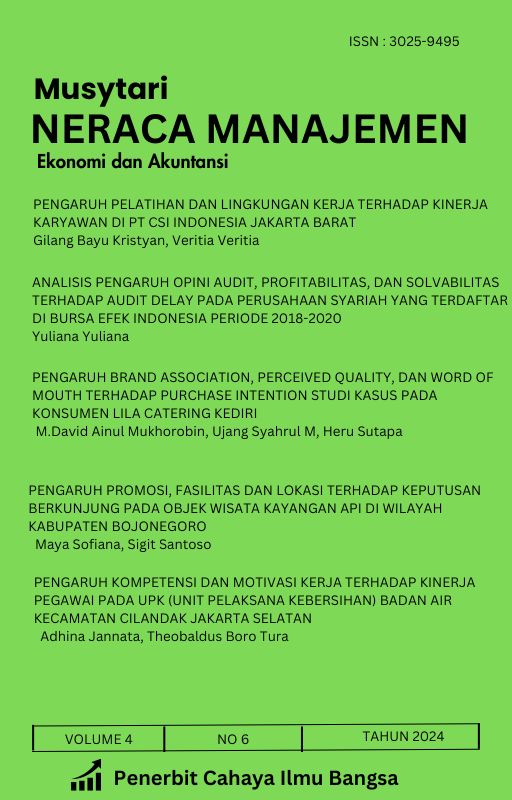Published 2025-05-19
Keywords
- Industrialization,
- Leading Sectors,
- Regional Development,
- Industrial Policy,
- Competitiveness
How to Cite
Abstract
This study aims to analyze the structure of leading industrialization in regional development, by identifying factors that influence the growth of the industrial sector and its contribution to economic development. Using a qualitative descriptive approach based on literature studies and policy analysis, this article highlights the importance of mapping leading sectors to strengthen regional competitiveness amidst global economic dynamics. The results of the analysis show that the success of leading industrialization is largely determined by the availability of resources, government policies, infrastructure, quality of the workforce, and technology adoption. A targeted and collaborative industrialization strategy between government, industry, and society is the key to accelerating regional economic growth in a sustainable manner.
References
- Kementerian Perindustrian Republik Indonesia. (2022). Strategi Pengembangan Industr Unggulan Nasional. Jakarta: Kementerian Perindustrian.
- Porter, M. E. (1990). The Competitive Advantage of Nations. New York: Free Press.
- Sari, R. P., & Wijaya, A. (2021). "Analisis Faktor-Faktor yang Mempengaruhi Pertumbuhan Sektor Industri di Indonesia." Jurnal Ekonomi dan Pembangunan, 19(2), 45-60.
- Supriyadi, B. (2020). Industri dan Pembangunan Wilayah: Pendekatan Teori dan Studi Kasus. Yogyakarta: Gadjah Mada University Press.
- Todaro, M. P., & Smith, S. C. (2015). Economic Development (12th ed.). Boston: Pearson.
- World Bank. (2023). Industrial Development Report: Challenges and Opportunities in Emerging Economies. Washington, D.C.: World Bank Publications.

